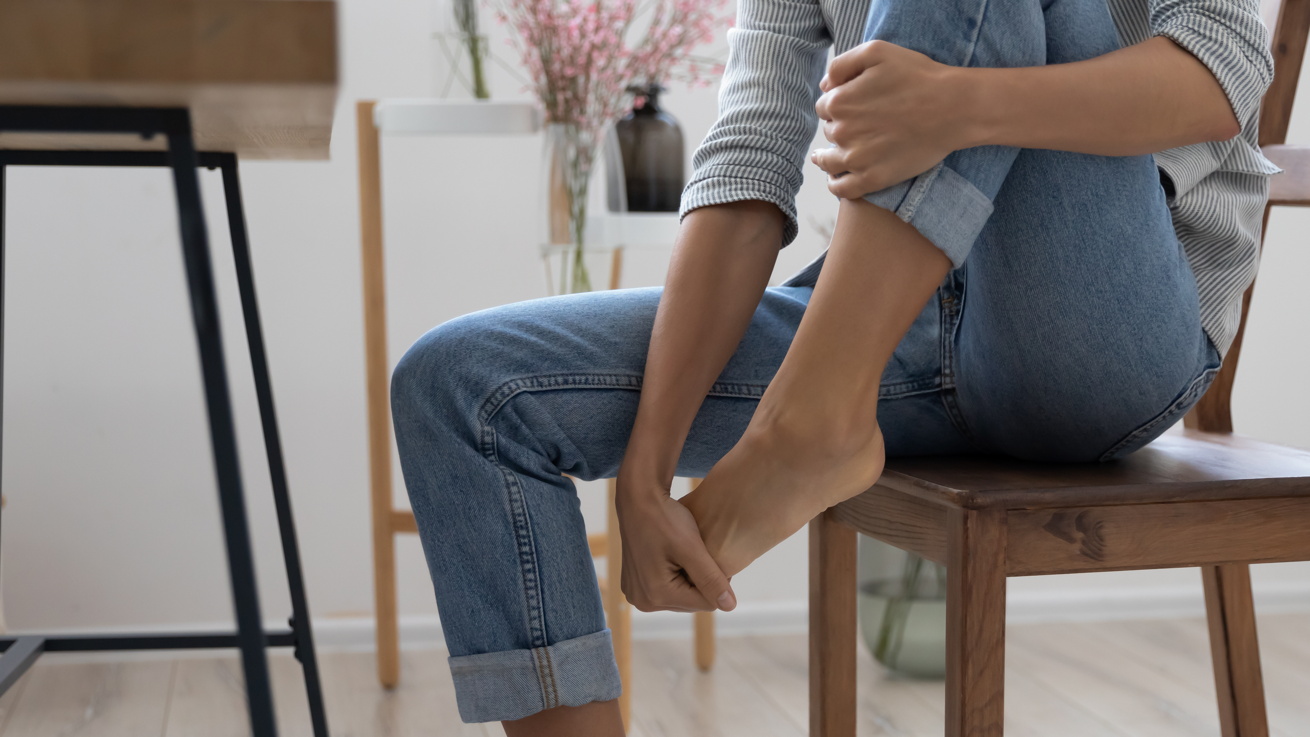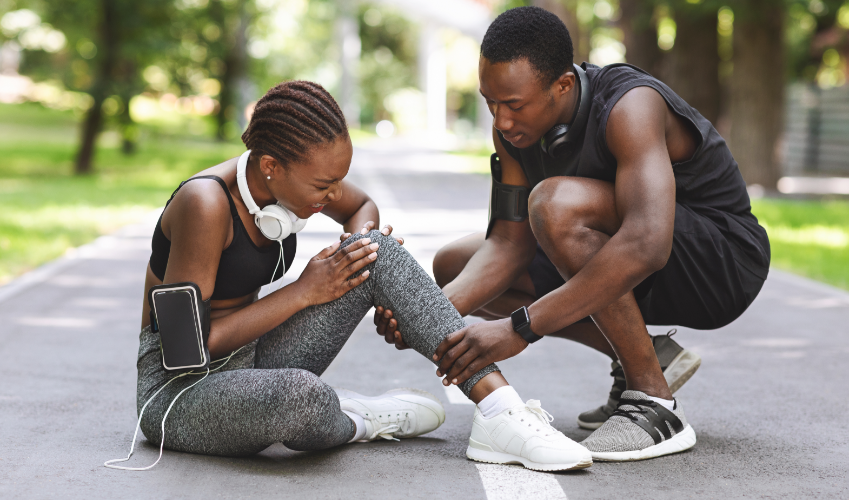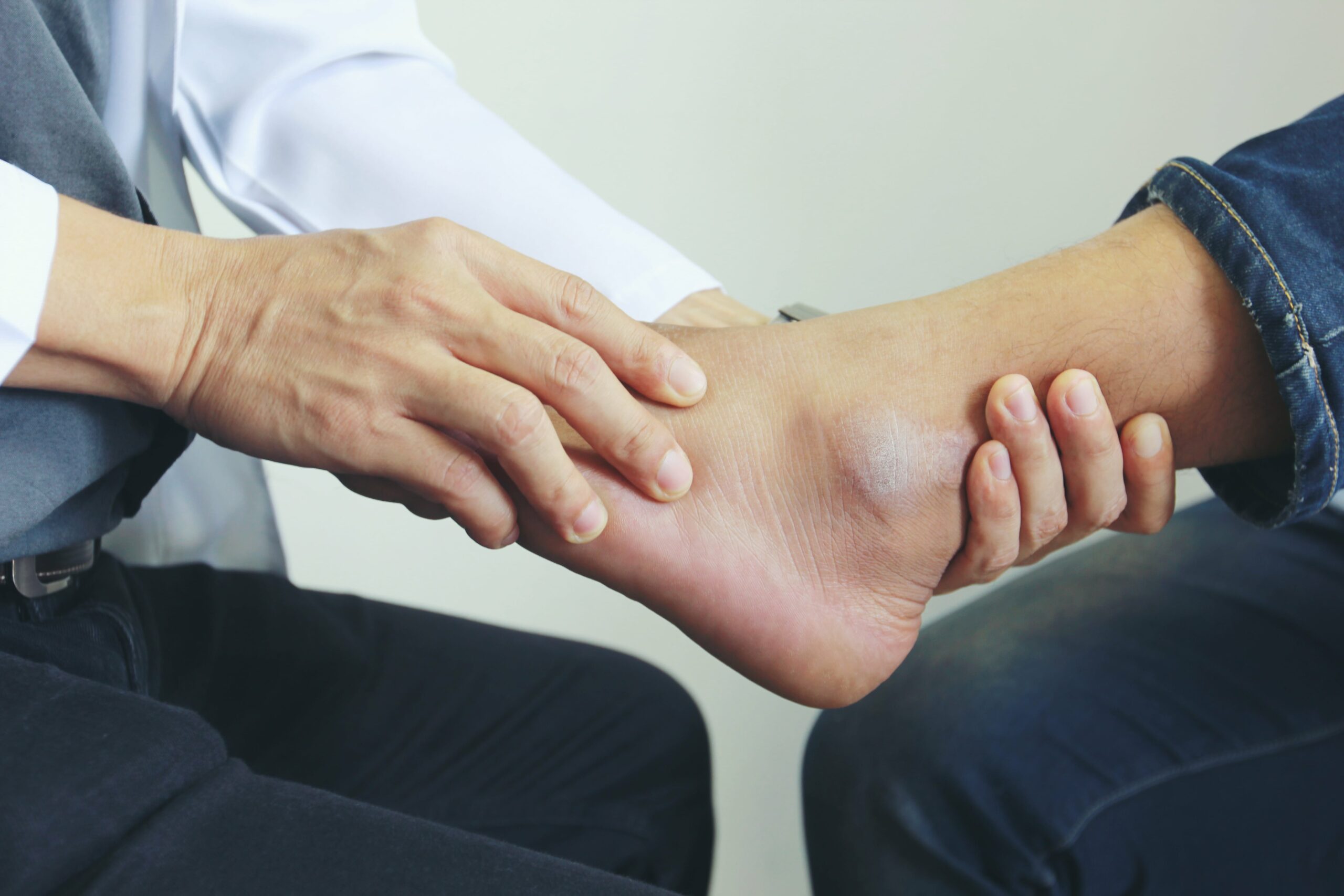Diagnosis and Treatment of Sprains and Strains in Wake County

What are Sprains and Strains?
A sprain occurs when a ligament, which is a band of tissue that connects bones together for stability, is torn or overstretched. Alternatively, a strain is where a tendon, which connects muscles to the bone for movement purposes, is torn or overstretched. The tearing or overstretching of ligaments (sprains) and tendons (strains) is classified into 3 grades:
- Grade 1 (mild – only some fibers are torn) – you may not experience much swelling, the affected area will still feel stable, and your range of motion and strength are only slightly impacted.
- Grade 2 (moderate – a moderate amount of fibers are torn) – the swelling will be more visibly apparent; and strength, stability, and range of motion will be noticeably impacted.
- Grade 3 (severe – a complete rupture of the tendon or ligament) – swelling will be severe; most stability will be lost; and range of motion and strength may be nearly completely lost.

What Causes Sprains and Strains?
Sprains and strains are a result of awkward movement or overuse that puts stress on the ligaments and tendons. Activities such as playing sports, working out, using improper lifting techniques, and accidents such as falls can all result in sprains or strains. Potential causes of sprains and strains include:
- Working out
- Overuse or overexertion
- Sporting activities
- Lifting with poor form
- Repetitive activities
- Landing awkwardly from a jump
- Falls – putting force on the wrist to break your fall
- Changing direction on uneven surfaces – putting force on the ankle
- Pivoting – putting force on the knee as you twist
Risk Factors for Sprains and Strains
Sprains and strains can result from everyday activities, sports, or accidents. Using footwear that does not fit or provide you with proper support or traction can increase your risk of suffering a sprain or strain. If you are tired and continue to perform an activity, your form may suffer, leaving you at higher risk for a sprain or strain. Walking, running, or playing sports on an uneven or slippery surface can also make these types of injuries more likely to occur.
Symptoms of Sprains and Strains
There are several symptoms that may indicate the presence of a sprain or strain. If you experience the symptoms listed here, especially after a sports injury, we encourage you to schedule an appointment at Raleigh Orthopaedic. Our specialists will work with you to determine the cause of your symptoms and help you find relief. Symptoms of sprains and strains include:
- Pain
- Swelling
- Bruising
- Weakness
- Difficulty moving the affected area
How are Sprains and Strains Diagnosed?
After learning more about your symptoms and what makes them better or worse, your doctor will perform a physical exam to test your range of motion, strength, and stability. If your doctor suspects a mild strain or sprain, you may be able to recover with little to no medical intervention. If your doctor suspects a moderate or severe strain or sprain, or an accompanying fracture, they may order imaging tests such as X-rays to determine the extent of your injuries. In some cases, an MRI or ultrasound may be necessary in order to give the doctor a complete view of the soft tissues and determine the course of action for potential surgery.

Treatment Options for Sprains and Strains at Raleigh Orthopaedic
Sprains and strains may be treated surgically or nonsurgically. Conservative treatment is usually the first course of action even with complete tears of the tendon or ligament. Even grade 3 sprains or strains may heal without surgery.
Conservative, nonsurgical treatment is the first step your doctor will recommend if you have suffered a strain or sprain. Resting, icing, compressing, and elevating (the RICE method) the affected area will help you recover. Physical therapy is usually recommended in order to prevent further sprains or strains. For grade 3 sprains or strains, your doctor may put you in a boot or cast to immobilize the area in order to encourage healing, after which you will start physical therapy to regain strength, stability, and range of motion.
In rare cases, surgery may be required to treat a grade 3 sprain or strain. The amount of recovery time away from sports or activities is similar whether a grade 3 sprain is treated surgically or not, which is why doctors usually recommend conservative treatment options unless surgery is absolutely necessary. Surgery is normally only utilized in cases of severe sprains or strains, such as when the tendon or ligament is completely torn.

Sprains and Strains Recovery Time
Recovery from sprains and strains varies depending on the grade of the sprain and whether or not there are any other injuries present. A grade 1 sprain or strain could take just a couple of weeks to heal, whereas a grade 3 sprain or strain could take up to six months to heal. Diligently following the recovery instructions given to you by your doctor is the best way to support a smooth recovery period.
How Can I Prevent Sprains and Strains?
There are several techniques you can follow to support tendon and ligament health and, in turn, prevent strains and sprains from occurring. You should always engage in a proper warm-up prior to activities such as sports or working out. Getting proper rest while suffering from other injuries or fatigue, instead of pushing yourself to work out or participate in your sport, is also very important. Additional prevention techniques include wearing proper equipment like braces and footwear to help with balance and stability, and maintaining a healthy diet and workout regimen to help keep you strong.

Comprehensive Sports Medicine Care at Raleigh Orthopaedic
For over 100 years, we have served patients in Wake County and provided the highest level of orthopedic care. Athletes seeking comprehensive sports medicine care focused on various parts of the body can trust Raleigh Orthopaedic to provide the care they need. Whether you have recently suffered a sprain or strain or you are dealing with a chronic orthopedic condition, the members of our team are here for you. To schedule an appointment at the orthopedic clinic location nearest you, please give us a call or book online today!







